Imagine a world where you wake up one morning, and everything you know and love is gone in an instant. This isn’t a dystopian novel or a scene from a movie; this was the reality for the people of Hiroshima on August 6, 1945. In this blog post, we’ll take you on a journey to Hiroshima, exploring its past, present, and the indomitable spirit of its people who have transformed their city from ashes to a symbol of peace.
The Day That Changed Everything
Hiroshima, a bustling city in southwestern Japan, was forever etched into history when it became the target of the world’s first atomic bomb used in warfare. On that fateful day at 8:15 AM, a B-29 bomber named Enola Gay dropped an atomic bomb codenamed “Little Boy.” In a matter of seconds, the bomb killed approximately 70,000 residents instantly. Tens of thousands more succumbed to radiation sickness in the years that followed.
Walking through Hiroshima today, it’s hard to fathom the scale of the devastation that occurred here nearly 80 years ago. The city has been rebuilt, but the scars of that day remain. They serve as a poignant reminder of the destructive power of nuclear weapons.
The Atomic Bomb Dome
One of the first landmarks you’ll encounter in Hiroshima is the Atomic Bomb Dome. Originally known as the Prefectural Industrial Promotion Hall, this building miraculously survived the blast despite being only 600 meters from the hypocenter. Today, it stands as a skeletal ruin, preserved exactly as it was on that day in 1945. It’s a haunting yet powerful symbol of resilience and a testament to the city’s determination to remember its past while striving for a peaceful future.
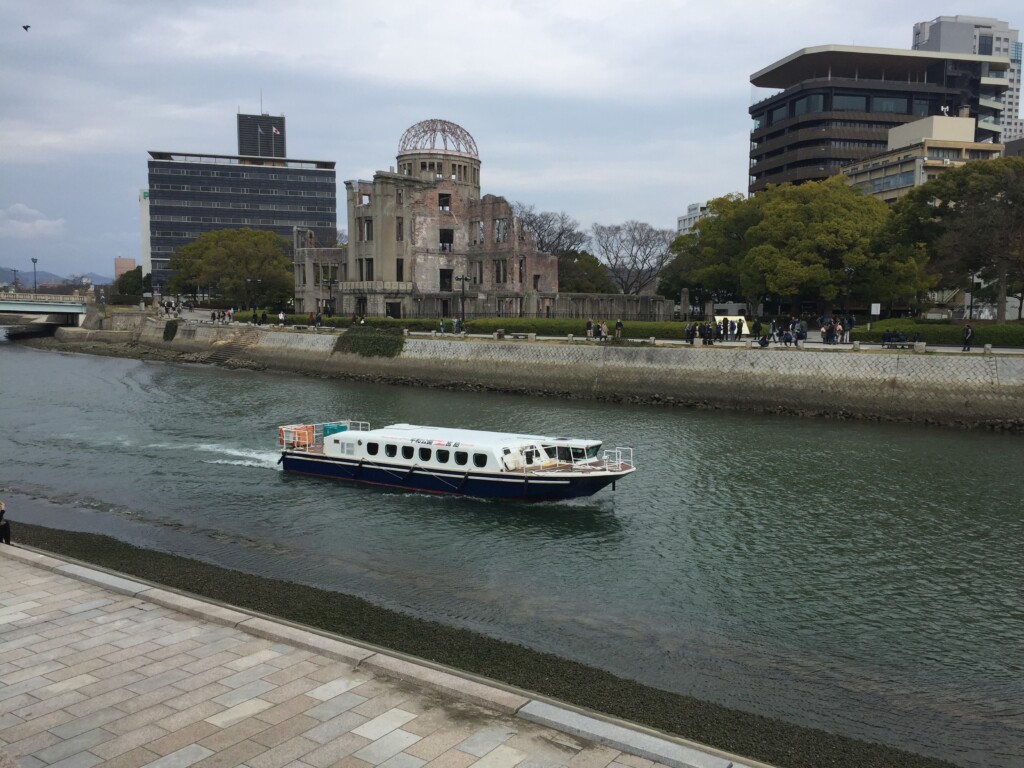
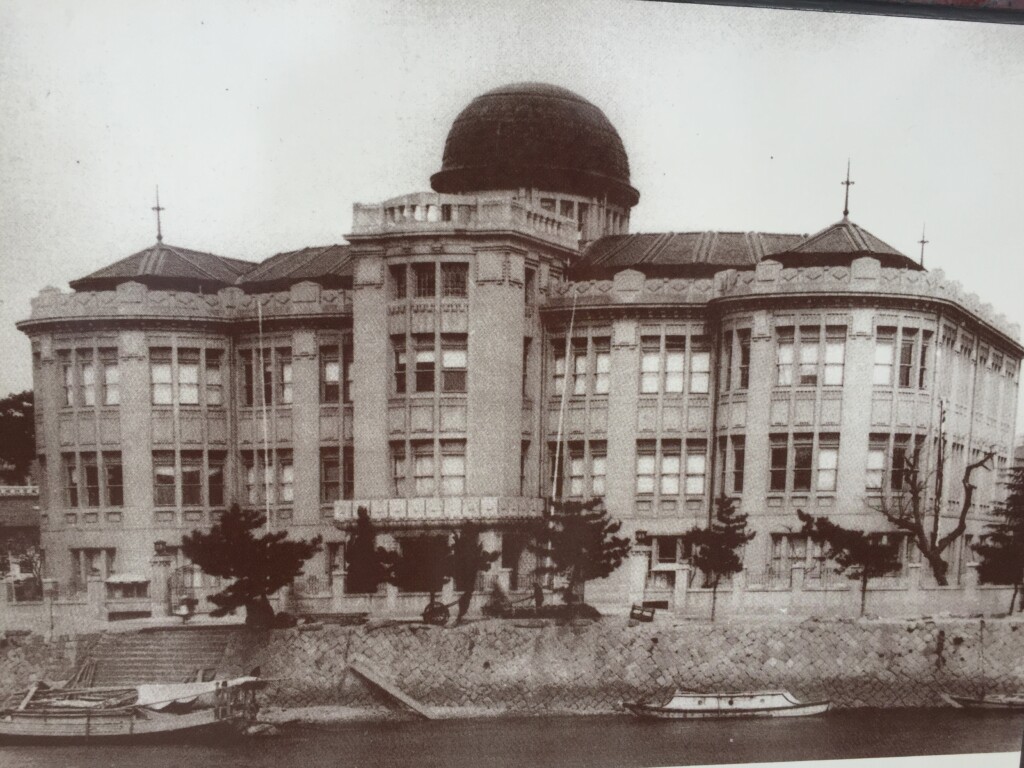
Hiroshima: A City Rebuilt
Hiroshima was not just a random target; it was a significant military center for Japan during World War II. The aftermath of the bombing left the city in ruins, but the spirit of its people remained unbroken. Over the decades, Hiroshima has undergone a remarkable transformation. The once devastated landscape has been replaced by modern buildings, parks, and memorials dedicated to peace.
One such place is the Hiroshima Peace Memorial Park, located near the Atomic Bomb Dome. This park is a beautiful and serene area filled with monuments, memorials, and museums that honor the victims and promote a message of peace. The centerpiece of the park is the Cenotaph, an arched tomb designed to shelter the souls of the victims. Every year on August 6th, a solemn ceremony is held here to remember those who lost their lives and to renew the call for global nuclear disarmament.

The Peace Memorial Museum
A visit to the Hiroshima Peace Memorial Museum is essential for anyone wanting to understand the impact of the atomic bomb. The museum offers a comprehensive and emotional account of the bombing, from the moments leading up to the explosion to the aftermath and long-term effects of radiation. Exhibits include personal artifacts, photographs, and testimonies from survivors, known as hibakusha.
One particularly moving part of the museum is the interactive map that shows Hiroshima before and after the bombing. It’s a stark reminder of the city’s complete obliteration and the incredible efforts it took to rebuild. Videos and stories from survivors provide a deeply personal perspective on the tragedy. It makes it impossible to walk through the museum without feeling a profound sense of empathy and sorrow.
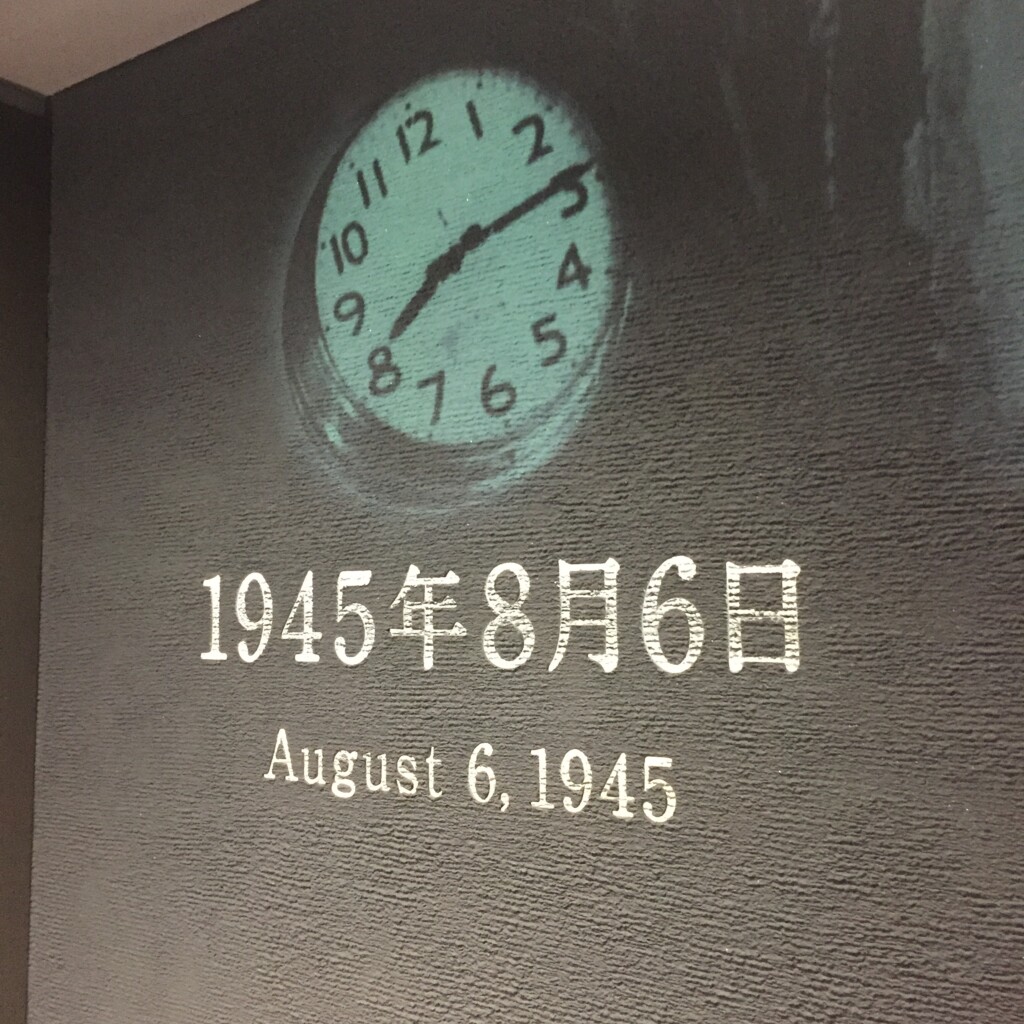
Voices from Hiroshima
Meeting the people of Hiroshima and hearing their stories adds a deeply personal dimension to the visit. Mike, a visitor whose relatives perished in the bombing, shared his thoughts: “It is very emotional for me to come back to the peace memorial and really pay my respects. The stories of the children, their lives, and what happened to their parents are particularly heartbreaking. As an educator, it makes me reflect on the importance of teaching future generations about this history.”
Tourists like Mei Leieritz come to Hiroshima not just to see the sites but to learn from its history. “I wanted to see the aftereffects, what it looks like today. My grandmother was born here. I just wanted to get in touch with my roots a little bit,” she said. Her words underscore the importance of connecting with the past to understand the present and shape a better future.
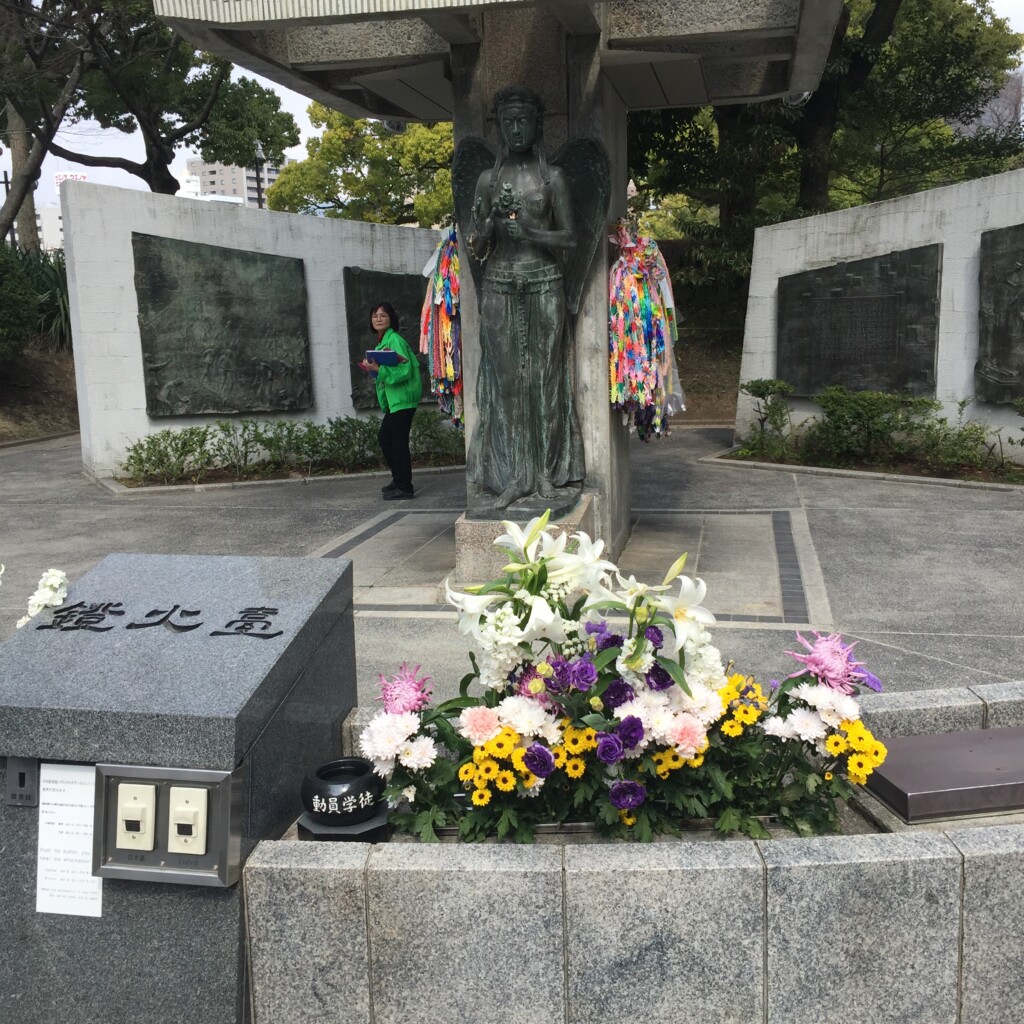
A Message of Peace
Hiroshima’s transformation from a city of devastation to a beacon of peace is a testament to the resilience and determination of its people. The city’s commitment to promoting peace is evident in every corner. From the lush gardens of the Peace Memorial Park to the poignant exhibits of the museum, you can see it firsthand.
The A-Bomb Dome at Peace Memorial Park drives home that message of peace. Here, you’ll find the Memorial Cenotaph, which frames the A-Bomb Dome perfectly. This site is often adorned with flowers, honoring the lives lost on that tragic day. It’s a place for reflection, a reminder of the cost of war, and a call to ensure that such devastation never happens again.
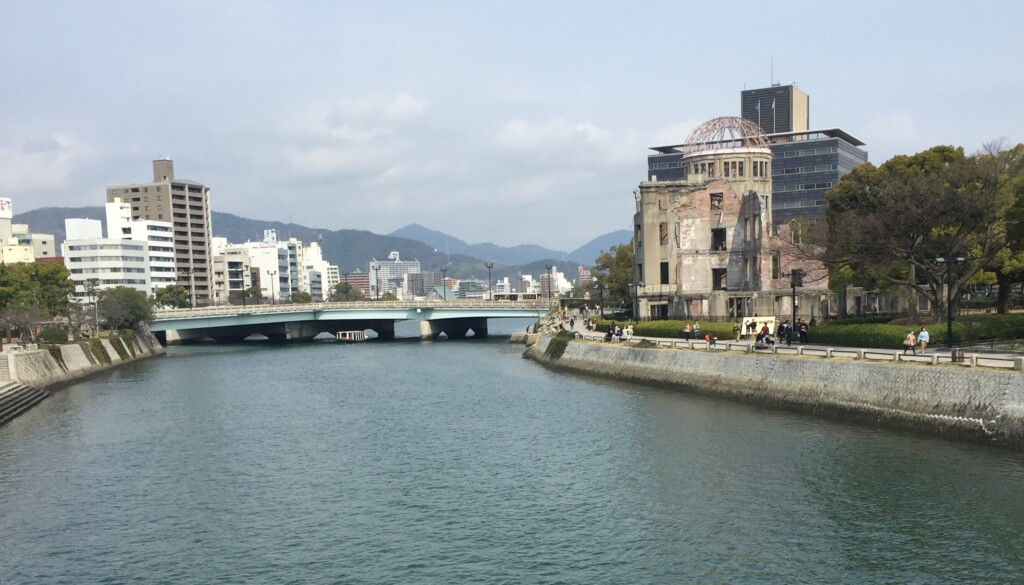
The Legacy of Hiroshima
Hiroshima’s legacy is not just about the past; it’s about the future. The city has become a global symbol for peace and nuclear disarmament. Every year, thousands of people from around the world visit Hiroshima to learn about its history and to be inspired by its message of peace.
The city’s leaders and citizens actively participate in international peace initiatives, advocating for a world free of nuclear weapons. The message is clear: what happened in Hiroshima should never be repeated. The city’s transformation and its commitment to peace are powerful reminders of the resilience of the human spirit. It emphasizes the importance of striving for a world where such atrocities are never allowed to occur again.
A Personal Reflection
As we conclude our journey through Hiroshima, it’s important to reflect on the lessons this city teaches us. The story of Hiroshima is not just a tale of destruction. It’s a story of hope, resilience, and the enduring human spirit. It’s a reminder that even in the face of unimaginable devastation, it’s possible to rebuild, to heal, and to strive for a better future.
Visiting Hiroshima is a profound experience that leaves a lasting impact. It’s a place where history is not just remembered but actively honored. It’s a city that embodies the belief that peace is not just a lofty ideal but an achievable goal. As you walk through the streets of Hiroshima, past the Atomic Bomb Dome, through the Peace Memorial Park, and into the museum, you’re not just witnessing history. You’re becoming a part of the ongoing journey towards a world where peace prevails over conflict.
Hiroshima stands as a powerful reminder of the past and a beacon of hope for the future. Most importantly, it is a call to action for all of us to work towards a world where such devastation is never repeated. No matter why you choose to come, a visit to Hiroshima is an experience that will stay with you forever.
